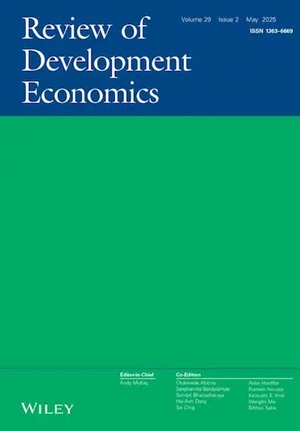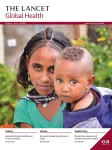
Granular Evaluation of Public Primary Healthcare Accessibility in Rural India
Abstract:-
This paper provides the first granular baseline measure of healthcare accessibility in India using three distinct yet complementary measures. By combining a geocoded census of all healthcare facilities of India with the location and demographic characteristics of all villages, we measure healthcare accessibility of villages using three metrics – 1) infrastructure shortfall against the government’s public health norms, 2) Euclidean distance, and 3) propensity of access. Univariate statistics are presented for all measures, and spatial heterogeneity is examined. We find that nationally, one rural Primary Health Centre (PHC) provides care for 33,800 individuals, while the norm stipulates that it should serve at most 30,000 individuals. The average distance to a PHC from a village in rural India is 5.49 kilometers ([± standard deviation] =±4.83 kilometers). According to the third measure, which accounts population and distance, residents in 20% of the villages would be crowded out of PHC’s resources, even when located at the average distance from PHC. Measures from propensity of access calculations inform us that, even at shorter distances, villages are underserved, as India’s high population density offsets some benefits from reasonable distances.
Find on this page
Contact Us
Institute of Economic Growth, University Enclave, University of Delhi (North Campus),
Delhi 110 007, India
contact-us@iegindia.org
+91-11-27666364/6367, 27667101/7288/7365/7424
+91-11-27667410




